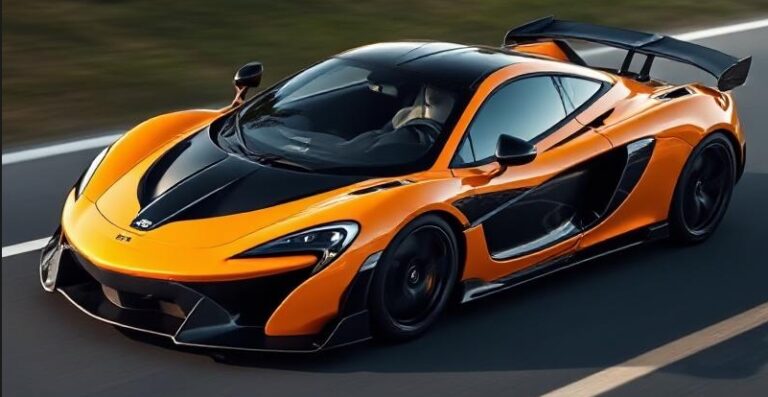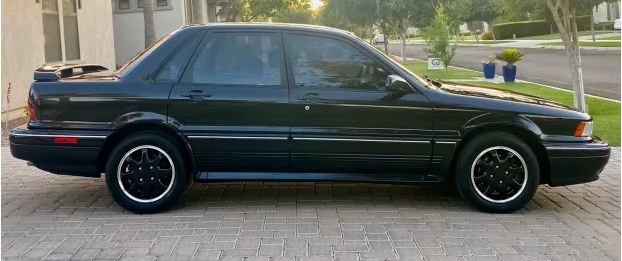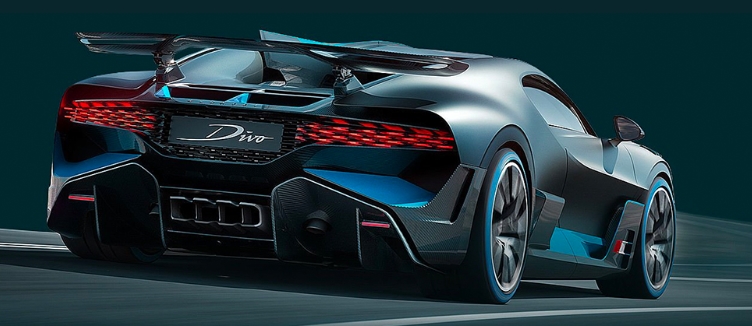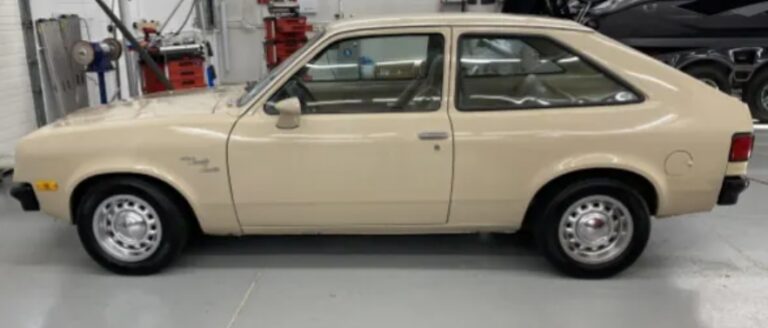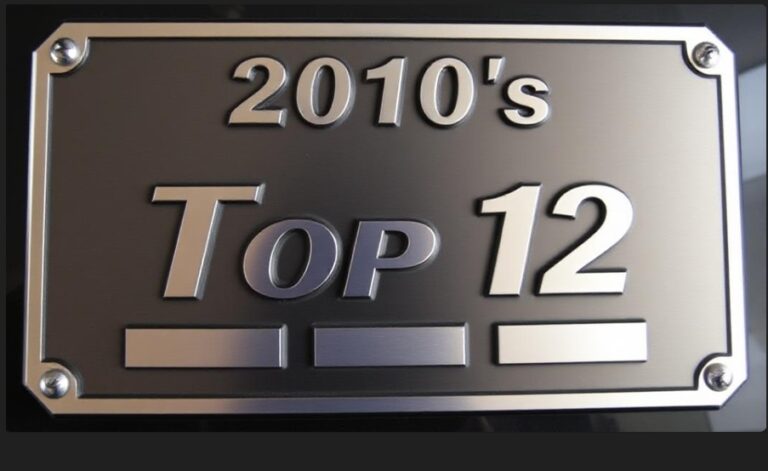The Evolution of the Renault Espace
The Renault Espace stands as one of the most iconic and pioneering MPVs (multi-purpose vehicles) in automotive history. Since its debut in the early 1980s, the Espace has undergone significant transformations, reflecting changes in consumer preferences, technological advancements, and automotive design philosophies. This article traces the evolution of the Renault Espace, detailing its production years, models, trim levels, and key features across generations.
First Generation (1984–1991): The Birth of the MPV Segment
Introduction and Development
Launched in 1984, the Renault Espace is widely credited with pioneering the modern MPV segment. Developed as a collaboration between Renault and the Matra automobile company, the Espace was designed to combine the spaciousness of a minivan with the driving dynamics of a passenger car.
Production Years: 1984 to 1991
Model Variants and Trim Levels
The first-generation Espace was available primarily in a single, well-equipped trim level, emphasizing versatility and comfort. Over its production span, several versions were introduced, including:
- Espace 1.4: Powered by a 1.4-liter petrol engine.
- Espace 1.6: Featuring a 1.6-liter petrol engine.
- Espace 2.0: Equipped with a 2.0-liter petrol engine.
- Espace 2.2 Turbo: Offering a turbocharged 2.2-liter petrol engine.
- Espace 2.2 Diesel: Diesel-powered variant for improved fuel economy.
Key Features
- Front-wheel drive with a transverse engine layout.
- Seating for five, with optional third-row seats increasing capacity.
- Modular interior with removable seats.
- Notable for its large glass area and distinctive design, including a panoramic windshield.
The first-generation Espace established Renault’s reputation in the MPV market, combining practicality with innovative design.
Second Generation (1991–2002): Refinement and Expansion
Overview
Building on its success, Renault introduced the second-generation Espace in 1991, which featured a more aerodynamic shape, increased interior space, and advanced features for its time.
Production Years: 1991 to 2002
Models and Trim Levels
The second-generation Espace was available in several trim levels, reflecting increased market segmentation:
- Alize: Entry-level trim with basic features.
- Initiale: Higher trim offering luxury features, leather upholstery, and upgraded interior.
- RXE/RT: Variants with different equipment levels.
- RXE, RT, and Initiale versions were offered with both petrol and diesel engines.
Engines
- Petrol: 2.0-liter, 2.2-liter, 3.0-liter V6 (notably the 3.0 V6 GSi).
- Diesel: 2.1-liter turbo-diesel, later replaced by more efficient units.
Facelift and Variants
In 1996, a significant facelift introduced:
- Updated front grille and headlights.
- Enhanced interior ergonomics.
- Additional trim options, such as the Initiale Pack—a luxury-oriented trim featuring leather seats, climate control, and premium audio.
Special Models
- Espace Scenic (1996): A compact version derived from the second-generation Espace platform, aimed at urban markets.
Features and Innovations
- Improved ride comfort and handling.
- Introduction of airbags and anti-lock braking systems (ABS).
- Increased safety features and structural improvements.
The second-generation Espace solidified Renault’s position as a leader in the MPV segment, with a reputation for comfort and versatility.
Third Generation (2002–2014): Modernization and Technological Advancements
Introduction
The third-generation Renault Espace marked a significant departure from its predecessors in terms of design and technology, emphasizing a more refined, car-like driving experience.
Production Years: 2002 to 2014
Models and Trim Levels
Initially launched with a variety of trims:
- Expression: Base model with essential features.
- Privilege: Mid-range with added comfort and convenience.
- Initiale: Top-tier trim including leather upholstery, navigation systems, and advanced safety features.
- Initiale Paris: A special edition emphasizing luxury and style.
Over its lifespan, additional variants and special editions were introduced, including:
- Espace Initiale Paris 7-Seater
- Espace TomTom Edition (with integrated navigation)
Engines
- Petrol: 2.0-liter, 3.0-liter V6, and later 2.0-liter turbocharged units.
- Diesel: 2.0-liter dCi and 2.2-liter turbo-diesel engines, known for efficiency.
Facelift in 2006
Significantly refreshed, the 2006 facelift included:
- New front grille and headlights.
- Improved interior quality.
- Enhanced infotainment options.
- Introduction of a seven-seater layout as standard.
Technological Features
- Multi-link suspension for improved ride quality.
- Adaptive cruise control (in higher trims).
- Parking sensors and rear-view cameras.
- Advanced stability control systems.
Notable Variants
- Espace Initiale: Focused on luxury, with premium materials and features.
- Espace Privilege: More affordable, with essential amenities.
Throughout its third generation, the Espace maintained a focus on comfort, safety, and technological innovation, appealing to families seeking a premium MPV experience.
Fourth Generation (2014–2023): A Shift Towards Crossover Design and Advanced Tech
Overview
The latest Renault Espace, launched in 2014, represents a significant shift in design philosophy, blending MPV practicality with crossover aesthetics. It was built on Renault’s CMF-CD platform, shared with Nissan and other alliance members.
Production Years: 2014 to 2023
Models and Trim Levels
The fourth-generation Espace was offered in several trims:
- Expression: Entry-level, focused on practicality.
- Iconic: Mid-range with more comfort and tech features.
- Initiale Paris: Top-tier luxury trim with advanced features.
Additional special editions and packages included:
- Espace Initiale Paris 7-Seater
- Espace Black Edition: Featuring black accents and sportier styling.
Engines
- Petrol: 1.6-liter turbocharged TCe engines.
- Diesel: 2.0-liter dCi units with varying outputs.
- Hybrid options were introduced later, reflecting industry trends towards electrification.
Design and Features
- Exterior: Crossover styling with high-mounted grille, robust wheel arches, and sleek roofline.
- Interior: Premium materials, digital instrument cluster, and large touchscreen infotainment systems.
- Seating: Flexible arrangements with up to seven seats, with sliding and folding configurations.
Technological Innovations
- Advanced driver-assistance systems (ADAS), including lane departure warning, adaptive cruise control, and parking assist.
- Connectivity features like Apple CarPlay and Android Auto.
- Optional panoramic sunroof and premium audio systems.
Facelifts and Updates
In 2019, Renault introduced a mid-cycle refresh, featuring:
- Updated front and rear styling.
- New LED lighting signatures.
- Enhanced infotainment and connectivity.
The fourth-generation Espace aimed to combine the practicality of a family MPV with the aesthetic appeal and technology of modern crossover SUVs.
.
THIS could come in handy for your auto garage (and everywhere else!).

.
Summary of Key Developments
| Generation | Years Produced | Notable Models/Trim Levels | Key Features & Innovations |
|---|---|---|---|
| 1st | 1984–1991 | Base trims, Turbo, Diesel | Pioneering design, large glass, modular interior |
| 2nd | 1991–2002 | Alize, Initiale, RXE/RT | Safety features, facelift in 1996, luxury trims |
| 3rd | 2002–2014 | Expression, Privilege, Initiale | Car-like handling, advanced tech, 7-seater standard |
| 4th | 2014–2023 | Expression, Iconic, Initiale Paris | Crossover styling, hybrid tech, high-tech features |
Conclusion
The Renault Espace’s evolution mirrors broader shifts in automotive design and consumer expectations. From its humble beginnings in the 1980s as a revolutionary MPV with a distinctive glass canopy, it matured into a sophisticated, technology-rich vehicle that balances practicality with luxury. Each generation built upon the strengths of its predecessor, incorporating safety, comfort, and innovative features that kept the Espace competitive in a rapidly changing market.
Despite the recent trend towards SUVs, the Renault Espace remains a testament to Renault’s pioneering spirit in vehicle design. Its legacy as one of the first modern MPVs continues to influence the segment, and its various models and trim levels over the decades reflect an ongoing commitment to versatility, comfort, and innovation.


